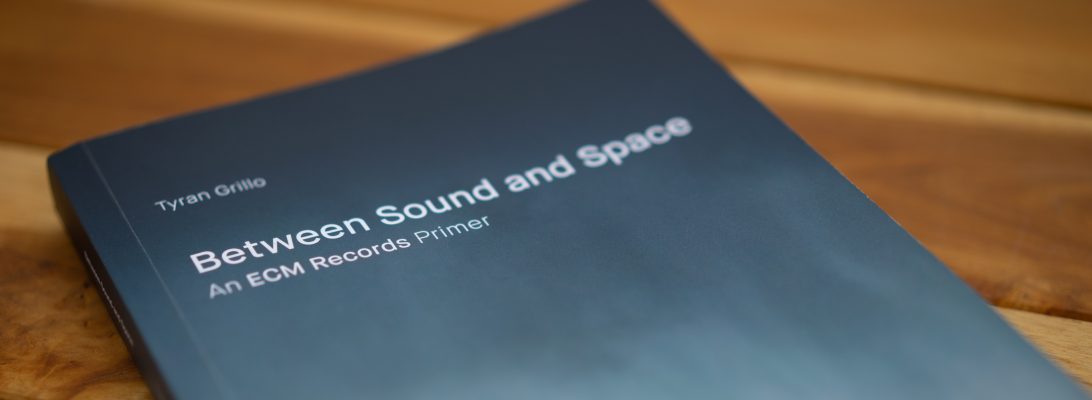
Kim Kashkashian
Arcanum
Kim Kashkashian viola
Lera Auerbach piano
Recorded October 2013, Radio Studio DRS, Zürich
Engineer: Peter Laenger
Produced by Manfred Eicher
Release date: September 30, 2016
The 24 Preludes, Op. 34, of Dmitri Shostakovich (1906-1975), not to be confused with his 24 Preludes and Fugues, Op. 87, comprise the first half of this fascinating diptych. Transcribed for viola and piano in 2010 by Russian composer Lera Auerbach (b. 1973), and rendered by Auerbach at the keyboard with Kim Kashkashian on the viola, the resulting forest of sound is one into which the listener is immediately dropped via chromatic parachute. The tone is familiar, comforting, and wise, dreaming in its C major cradle like the foundation of the world. Although there are certainly jagged choreographies to be savored (e.g., Nos. 5 in D major, 9 in E major, and 18 in F minor) such as only Shostakovich could have devised, a deeply felt sense of humor balances the spectrum in Nos. 6 (B minor), 9 (E major), and 15 (D-flat major). Kashkashian’s uncanny connection to her instrument is resolutely expressed in the lyrical turns of No. 7 (A major) and 17 (A-flat major). Yet whether marching through the thicker settlements of Nos. 13 (F-sharp major) and 14 (E-flat minor) or dancing joyfully in 24 (D minor), she keeps her ears as open as possible to opportunities of freedom.
Drawing out lines of articulation from within the piano’s own vocabulary and grafting them onto the viola is no small task, given their divergence of material articulation, and Auerbach has accomplished something subtle and wonderful with respect to her source. Highlights in this regard include the Prelude No. 21 in B-flat major, which holds its ground in the cross-current of interpretation, and 23 in F major, wherein Kashkashian’s pliant tone and color blossom remarkably well.
Our forward-leaning duo follows with the Auerbach composition from which this album gets its name. Written in 2013 and dedicated to Kashkashian, it shows an intimate understanding of the viola’s internal vocabulary. In an interview with NHK Television in Tokyo, excerpts of which are included in the CD booklet, Kashkashian describes the title as referring to “some knowledge that we have, which we may not necessarily verbalize or rationalize. This knowledge allows us to see the truth, to be guided, to seek answers.” Thus, Auerbach walks between knowing and unknowing, favoring pregnant questions over barren answers. Like the viola itself, it exists comfortably in a liminal space. Above all, it is a transfiguration of thoughts into notecraft. The first movement, marked “Advenio”(meaning “to arrive at”), defines itself in real time, content in the narrative potential of every moment. Its pauses speak volumes while its utterances waste no breath of meaning. The second movement, “Cinis” (“ashes”), treats darkness as tenderness, lifting tears from the face they cling to like decals in search of order. Its implications, almost fully formed, hang from the viola’s guttural dips and falsetto highs. “Postremo” (“at last”) embodies a thematic impatience as if trying to become the very object of its own desire. Through a linguistic approach to tempi, it unfurls a mosaic of neural pathways, as does the fourth and final movement, “Adempte” (“to rescue”), which indeed brings salvific understandings to bear upon karmic falsehoods. Like a pyramid carved in negative space, it embraces geometry as a way of life—a sensibility perhaps informed by Auerbach’s experience as a sculptor. Either way, she understands music’s physical consequences.

